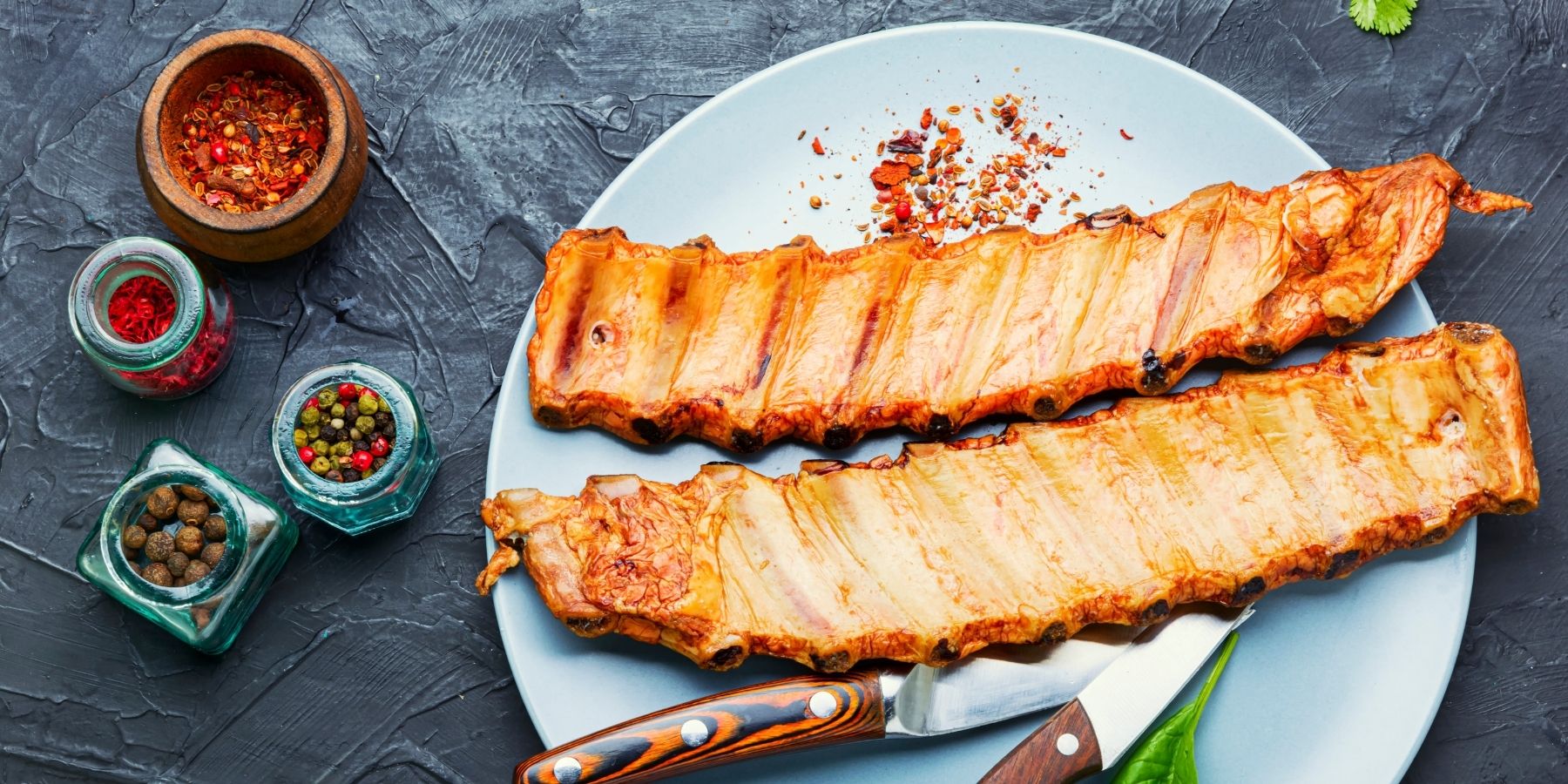When it comes to cooking ribs, one of the most important steps often overlooked is the resting period after they come off the grill or out of the oven. This guide is dedicated to understanding the significance of resting ribs and how long they should rest to achieve the perfect balance of flavor and tenderness.
Understanding the Importance of Resting Ribs
Resting ribs after cooking is crucial. This process allows the juices, which have been driven to the center of the meat due to the heat, to redistribute throughout the ribs. If you cut into the ribs immediately after cooking, these juices will run out, leaving the meat drier and less flavorful.
The Ideal Resting Time
The perfect resting time for ribs is about 10 to 15 minutes. This duration allows the meat to cool slightly, which helps the fibers to reabsorb the juices.
Steps to Rest Your Ribs
1. Remove from Heat
Once your ribs are cooked to your liking, remove them from the grill, smoker, or oven. It’s important not to skip this step in a rush to eat.
2. Tent with Foil
Cover the ribs loosely with aluminum foil. This tenting technique helps to keep the ribs warm without continuing to cook them. The foil should not be wrapped tightly – think of it as a loose shield.
3. Let Them Sit
Place the ribs in a warm area of your kitchen and let them rest. Resist the temptation to peek or cut into them. This rest period is when the magic happens!
4. Serve and Enjoy
After 10 to 15 minutes, your ribs are ready to be served. You can now cut into them and enjoy the full, juicy flavor.
Factors That Influence Resting Time
Thickness of the Ribs
Thicker rib cuts may require a slightly longer resting time. For particularly meaty ribs, consider extending the rest time to 20 minutes.
Cooking Method
Different cooking methods can affect how long the ribs should rest. For example, ribs smoked at a low temperature for a long time might benefit from a longer rest compared to ribs cooked quickly on a high-heat grill.
Ambient Temperature
If you’re cooking in a cold environment, the ribs will cool down faster. In such cases, keeping them tented with foil is even more important.
Tips for Perfectly Rested Ribs
Use a Timer: Set a timer to remind you when the ribs have rested long enough. It’s easy to forget the hustle of preparing other parts of the meal.
Keep Warm, Not Hot: Find a warm spot on the countertop or near the oven. The goal is to keep the ribs warm but not hot.
Resist the Urge to Peek: Every time you lift the foil, heat and moisture escape. Trust the process and let the ribs rest undisturbed.
Serving Rested Ribs
Once rested, ribs can be served as is or with a final glaze of barbecue sauce. They are best enjoyed hot and fresh, so gather everyone around the table as soon as the resting period is over.
Conclusion
Resting ribs is a simple but vital step in the cooking process. It ensures that the ribs remain juicy, tender, and full of flavor. By following the guideline of 10 to 15 minutes, adjusting for factors like thickness and cooking method, and resisting the temptation to cut into them too soon, you can serve up a perfect rack of ribs every time.
